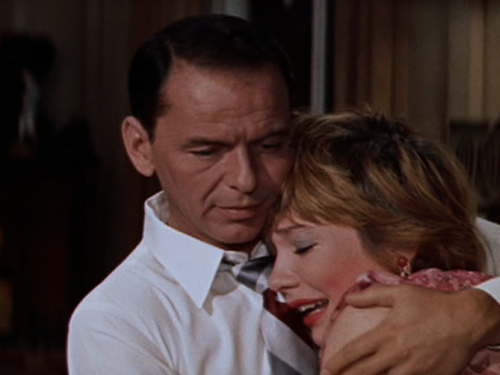On 14 February Sabzian organises its second festive evening with a screening of Some Came Running (1958) by the American filmmaker Vincente Minnelli. Some Came Running is without a doubt one of the most beautiful American films about love. The evening and the film will be introduced by Frank Vande Veire.
Op 14 februari organiseert Sabzian een tweede feestelijke avond met een vertoning van Some Came Running (1958) van de Amerikaanse filmmaker Vincente Minnelli. Some Came Running is zonder twijfel een van de mooiste Amerikaanse films over liefde. De avond en de film worden ingeleid door Frank Vande Veire.
Le 14 février, Sabzian organise une deuxième soirée festive avec la projection de Some Came Running (1958) du réalisateur américain Vincente Minnelli. Some Came Running est sans doute un des plus beaux films américains sur l’amour. La soirée et le film seront introduits par Frank Vande Veire.
Join us! / Van harte welkom! / Rejoignez-nous!
Due to unforeseen circumstances, the party at Aleppo has sadly been cancelled. There will be a drink after the screening in Cinema Galeries.
Don’t forget to reserve your seat, since last year’s evening was sold out. Reservations: reservation@sabzian.be
This evening is a collaboration between Sabzian and Cinema Galeries.


